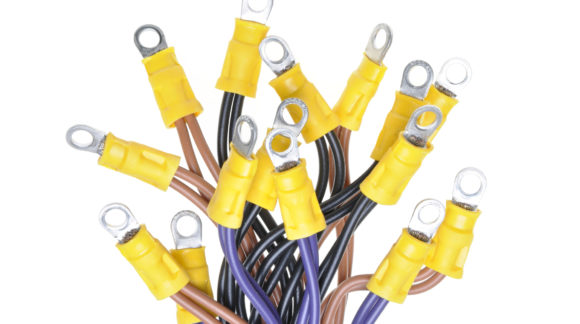Does It Pay to Bundle Services?

The Strategy Behind Price and Product Bundling
Bundling services like internet, phone and cable creates fewer bills, but does it save you money? Corporations like Comcast, AT&T and Bank of America practice a strategy called “product bundling,” which combines several products to create one product. Offering bundled product services is most common in the telecommunications, finance, hospitality and healthcare industries.
According to Anthony Tjan, co-author of the New York Times bestseller Heart, Smarts, Guts, and Luck, “unbundling or à la carte pricing benefits the buyer and packaged or bundled deals give the advantage to the seller.”
He proves this point using an example from the hospitality industry: Even the most sophisticated buyers will scoff at the price of a $10 bottle of water, but when it is included in a bundled price the buyer won’t know the value of the water in relation to the other items being offered. For example, the buyer has decided to book a hotel room for $300 a night. The $10 bottle of water is included in that price, but because the services are not line itemized (because they are bundled) the buyer doesn’t know he or she paid the $10 and the seller gets the advantage of that markup.
In the telecommunications industry, the same concept applies. Companies like AT&T and Verizon can package two services together and charge a higher price even though you’ll use one of those services significantly less and/or the service costs the company a low participation rate.
Types of Product Bundling
You may not even realize the amount of bundled goods and services you purchase that are bundled. Here are a few of the more commonly bundled items:
- Value meals at fast food restaurants
- Cable television (you pay for a grouping of channels, not by the channel)
- Software like Microsoft (you get Excel, Word, and Publisher in one package)
- Hotel reservations (you pay for the room, access to the pool, gym, etc.)
- College tuition
- Hospital visits
- Veterinary visits
- Phone services (cable, internet, etc.)
- Automobiles
How to Know if You’re Getting a Good Deal
When considering bundled services ask yourself what the company is saving by offering this service to you. Are they taking advantage of a decreased production time? Perhaps they are offering a service that is less popular? Or a product that is easy to mark up? The answers can show motive and provide clarity.
New research suggests that bundled services and products are only advantageous if the consumer has the option to buy the same products separately. Tjan recommends asking for a line item list of your bundled services. Often, when you see the cost breakdown it becomes immediately clear whether the bundled services are a good deal. If a company declines to provide a line item breakdown of your bundled services, you can likely do your own research to determine if you or the seller has the advantage of grouped products and/or services.
Additional Resources
- Save a Bundle on Telecom Services, by consumerreports.org
- Bundled Payments, by American Medical Association
- Bundled-Payment Program Basics, by Dr. Winthrop Whitcomb, MD, MHM
- Bundled Services [Section 66F], by servicetaxonline.com
- Bundling Pros & Cons, by myrateplan.com
- Bundling Pricing Pros and Cons, by Harvard Business Review
- Bundled Services: Advantages and Disadvantages, by digitallanding.com
- Advantages of Unbundled vs. Bundled, by static1.1.sqspcdn.com
Videos
- Verizon Bundles: Pros and Cons, by CNBC
- Bundling, by Marginal Revolution University
- What are Bundled Payments, by The Advisory Board Company
- Beware of Bundling Services through Third Parties, by ABC15 Arizona
Education
- Unbundling and Re-bundling in Higher Education, by Clayton Christensen Institute
- Training Bundles & Learning Credits, by softwareag.com
Apps
- Bundle-Photo Book, by play.google.com, A New App by Apple, free for first 48 photos
